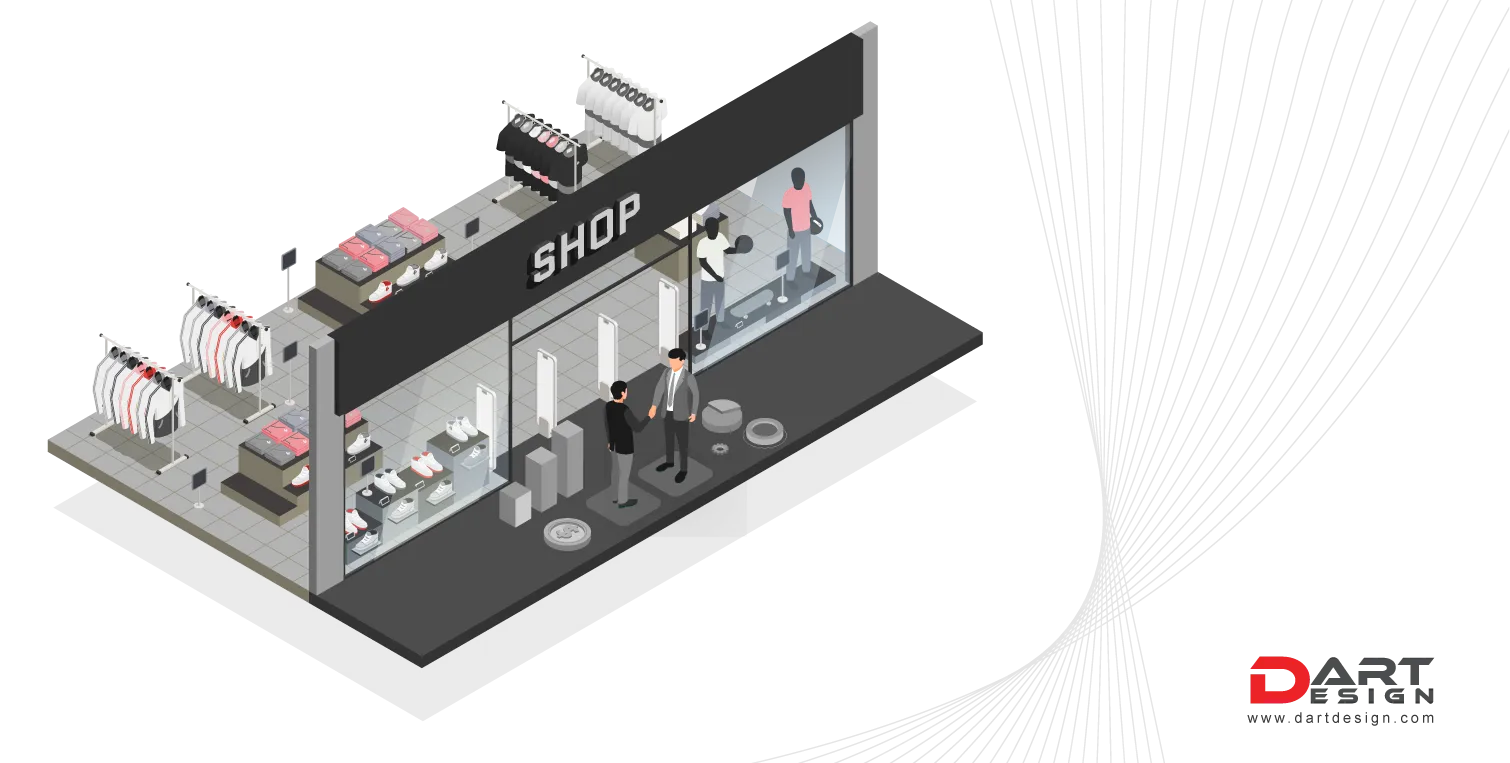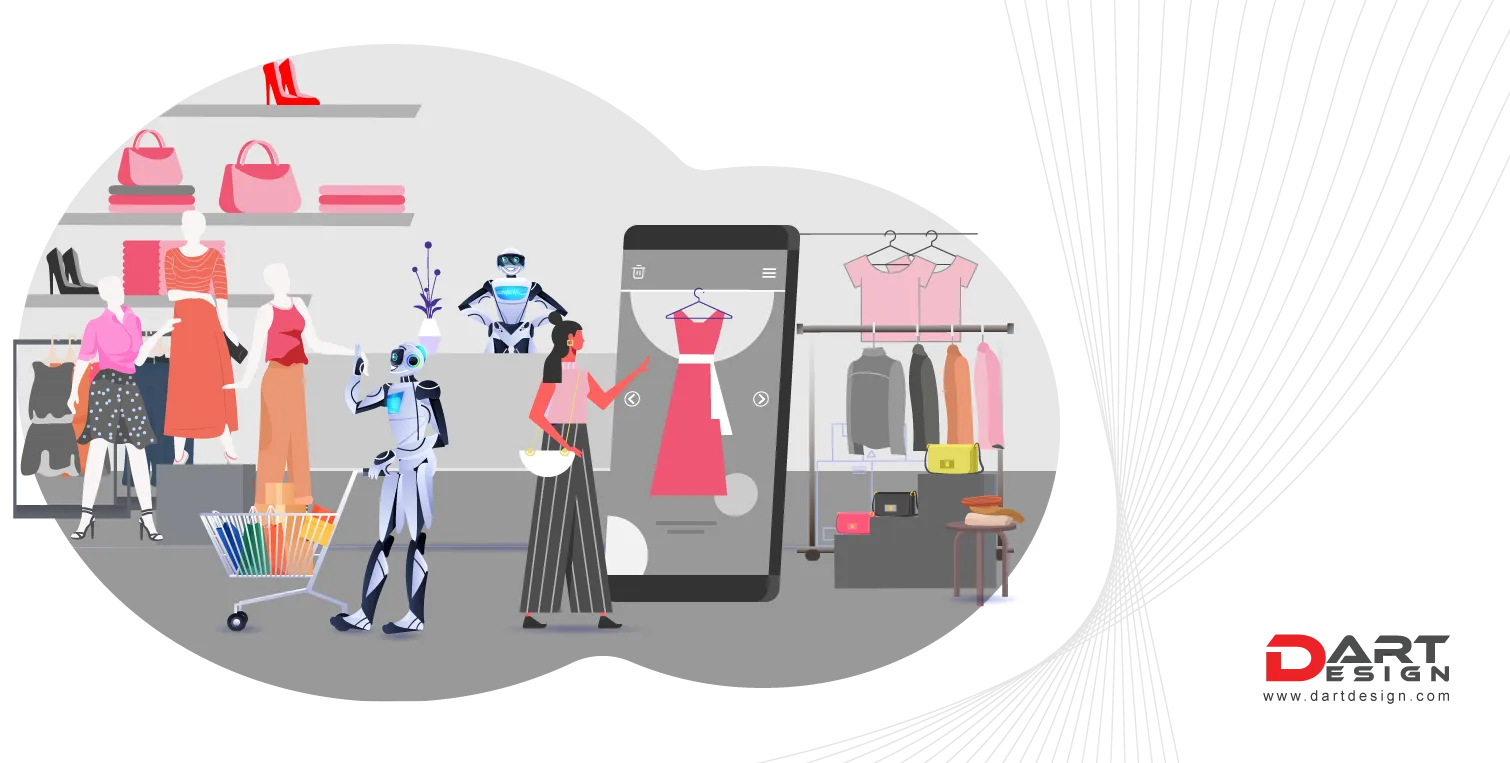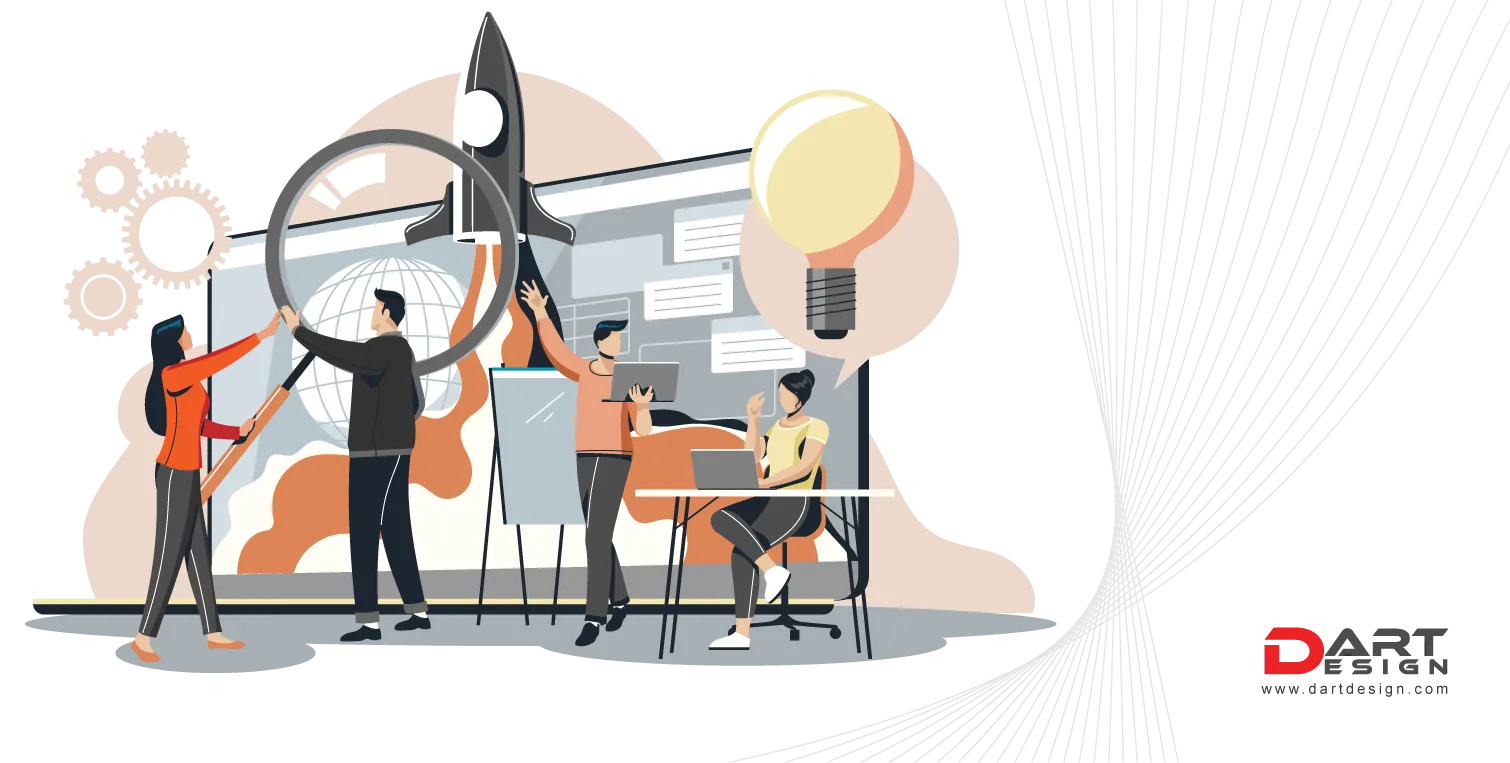With technology such a significant aspect of our daily lives, it has made its place in the sun. From something as fundamental as doing laundry and making payments to using VR inside of trials in retail stores, innovation has spread its wings. But there are people on both sides of the fence, picking their side on whether to embrace the convenience of technology or to play it safe by limiting its role in their lives.
Even if the title gave away what we are trying to reveal, the debate is still worthwhile - the convenience of self-checkouts inside retail stores. Self-checkout technology first came out in 1900, as reported by CNN Business. Piggly Wiggly became the first self-service supermarket where unpaid customers performed paid employees' tasks. Customers would freely move around the store, selecting products from various aisles and returning to the cash register to pay.
All of it is at the mere deal of reducing the cost of the products. However, the real deal was reducing labor costs, which declined tremendously. Now that we hear of consumers having it up here with technology where they feel the hassle of inability to use it, errors with bar codes, and more, retailers aren’t far behind complaining about what is wrong with it.
With the advent of urbane retail design companies, brands are now embracing the most market-driven, technology-driven interiors to engage consumers more profoundly. While only some technologies are suitable, others have sparked great results, triggering immediate brand engagement. So, what’s wrong or right with the self-checkout sections?
Measuring the right & wrong of the technology: Analyzing for the future of retail
Deloitte produced a report on the Retail Industry outlook for 2022, which mentioned industry leaders “buying into cashier-less stores” in the next five years. As a result of self-checkout technology, retailers are generating crazy revenues, enabling consumers to shop more conveniently and efficiently. But we often forget the concept of accessibility and the digital divide in the economy.
Leaving the question of job losses aside, retailers have to deal with loss and theft. Several grocery giants tried investing in and implementing additional technology for self-checkout to ensure safety, convenience, and no losses. However, it reached only so far. The author of The Overworked Consumer: Self-Checkouts, Supermarkets, and the Do-It-Yourself Economy, & Sociologist Christopher Andrews spoke about the non-autonomous nature of technology, with a separate staff for its management and supervision, only adding to the retailer’s cost.
Besides, employees must check receipts and items in the cart to ensure merchandise safety and eliminate theft. It instantly evokes hassle and distrust. Well, as we said, there are two sides to the fence. Some tech-savvy consumers love the intervention of this side of technology and choose to shop only in stores with self-checkout kiosks or aisles.
From giving white space to a few scattered employees for efficiently managing the store to consumers managing their groceries with faster payments, self-checkout technology solves problems. And industry leaders are watching the show of expansion as this innovation boom sways physical retail. Several retail design consultancies advocate this innovation, enabling these leaders to opt for the right investment while formulating a store design.
The final verdict
The good and the terrible have all come to light. But where does this innovation lie? It would be safe to say somewhere in the middle. Of course, convenience isn’t always a smooth road; despite its shortcomings, it grows, and there are fair reasons for it:
- Amidst the season of layoffs, stores have access to only a handful of employees who are stretched well to more than one department at the store. This is due to Self-Checkout involvement
- With RFID technology, products have tags that can be tracked from the moment they are taken off the shelf. Retailers could track the location and turn off the tags when the item is paid for. Hence, it reduces theft chances
- Smart Carts would soon be part of Self-Checkout technology, enabling safety and two-layered efficiency and convenience for the consumer and retailer as they digitally can add products to the cart while physically shopping inside stores
In order for this technology to prosper and expand in retail and become a convenience for consumers, it will need to be more proficient.




